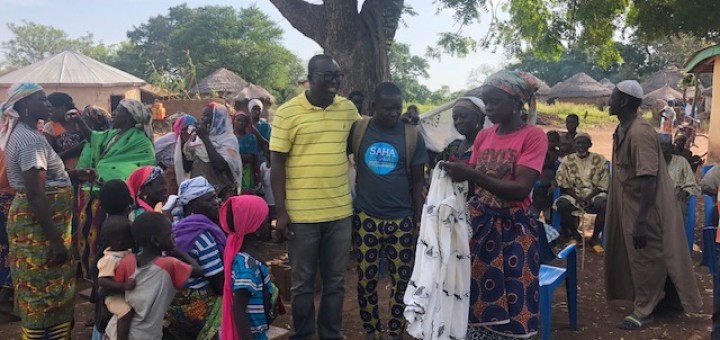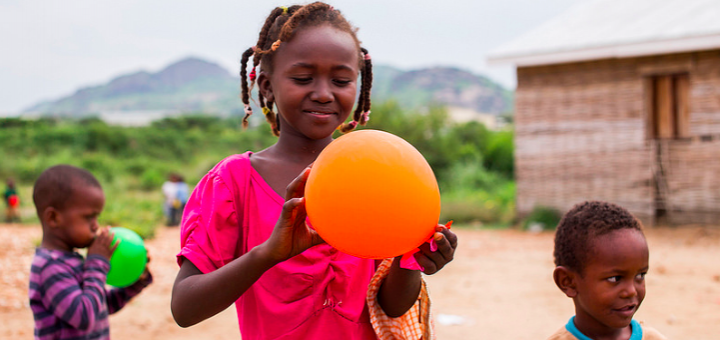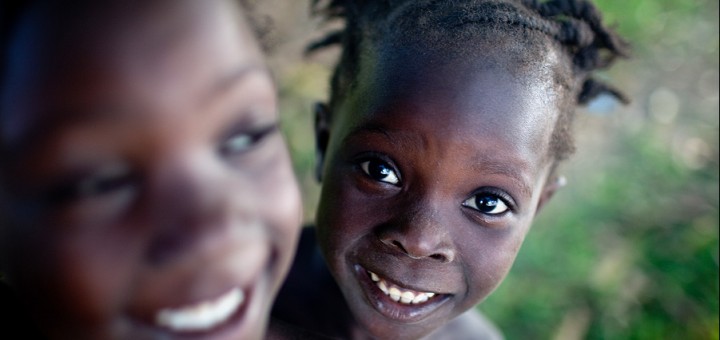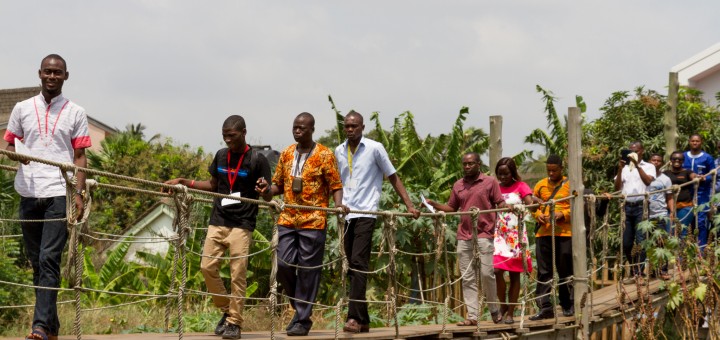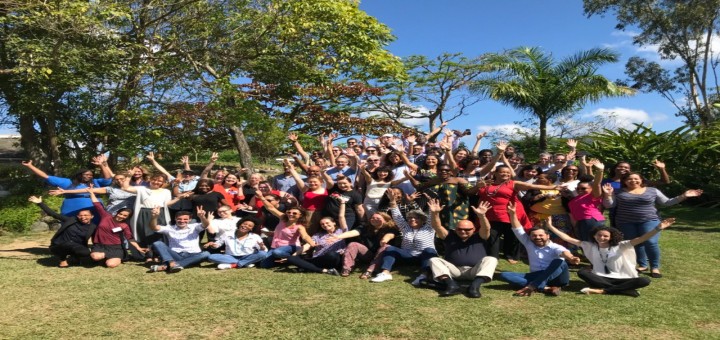Foundations, and civil society (NGOs) are indistinct on the registration forms and regulated by “The Companies Code, 1963 (Act 179), Regulations of a Private Company Limited by Guarantee.” Despite philanthropy’s significant role in Ghana, it continues to be docked by unclear regulatory and incentives framework, which is compounded by vagueness in registration.
Photo credit: Adam Cohn
